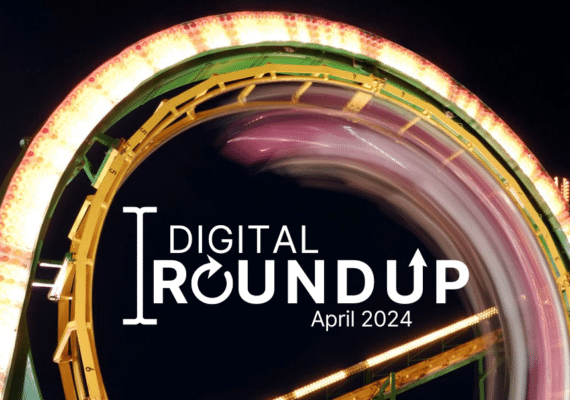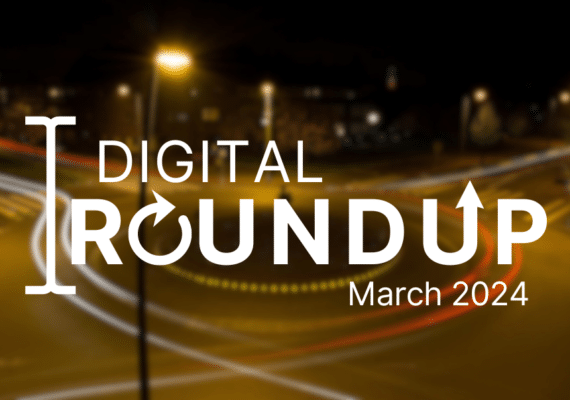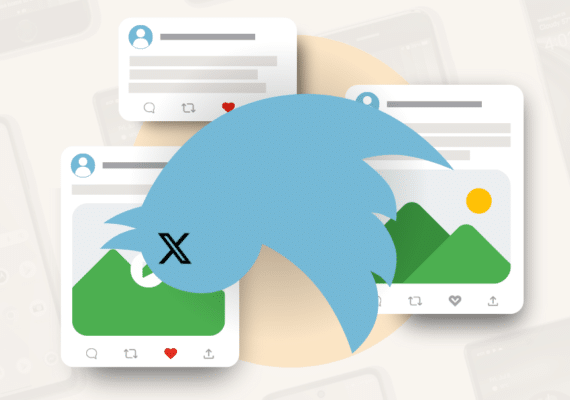Besides social media marketing and its many benefits for businesses, social media networks provide also a fertile source for research, and brands are quickly catching on – a recent survey revealed that 65% of firms rated “marketplace insight” as one of social media’s top perks.
Many businesses have begun to turn to social media as a cost-effective and in-depth tool for gaining insights into their customers, market, brand appearance and other important market research aspects.
But how can a business use social media for market research? Here are 3 case studies well supported by social media that will give you a light on how to use it for market research:
Contents
Drugstore.com
Drugstore.com made a deal with Procter & Gamble to carry select Max Factor items after the company stopped sales in the United States.
“When products go off the shelf, consumers go online and they were talking on social media about how they would like to buy the products online, fortunately, we were listening to the conversations,” said Mr Lonczak, division vice president for eCommerce and digital marketing for Drugstore.com.
“The consequence of a poor decision could take 18 months to two years to filter back to the head office,” Mr Lonczak said. “With social media, you can take an instant-read. That’s fantastically valuable.”
Since this experience, Drugstore.com conducts daily market research on social media relying heavily on listening to what’s being said about the brand and products.
JD Sports
The brand JD Sports has been conducting extensive market research over the years, analysing quantitative research such as exit surveys when customers leave the stores and qualitative research such as focus groups.
Some time ago JD Sports decided to also start using the Internet and social media for market research and the results have been astonishing for them.
The data collected through the online ordering process, social media surveys, and listening to the conversations taking place about the brand and its products is ‘live’ information and it provides a valuable insight into consumer demand. It can influence store ranges and support decisions about its stores’ network by highlighting ‘hotspots’ with high levels of demand but no physical presence.
In an increasingly multi-channel world, capturing, analysing and acting on this information that comes from social media offers a business a key competitive advantage. Again, this information can provide useful insight into potential international opportunities.
Kellogg’s
Kellogg’s wanted to run a 3 month, UK-specific social media campaign for their breakfast cereal Krave and having previously conducted such activities via an agency, they wanted to bring this campaign in-house.
Ahead of the campaign Kellogg’s had a major goal: Discover topical events and issues that inform future social media campaign ideas.
The ‘Tweet When U Eat’ Twitter campaign was a series of daily challenges communicated via the @KraveUnleased Twitter account. Many of the challenges required the entrants to tweet a picture of a Krave cereal box.
Their Analytics tool collated all responses to the daily challenges over the three month period. This presented Kellogg’s with a wealth of data right at their fingertips.
This market research strategy has put Kelloggs in an advantageous position. The brand is in the driving seat, accompanied by a vast amount of data on their consumers which will help influence and inspire future campaigns which will ensure even greater success.






